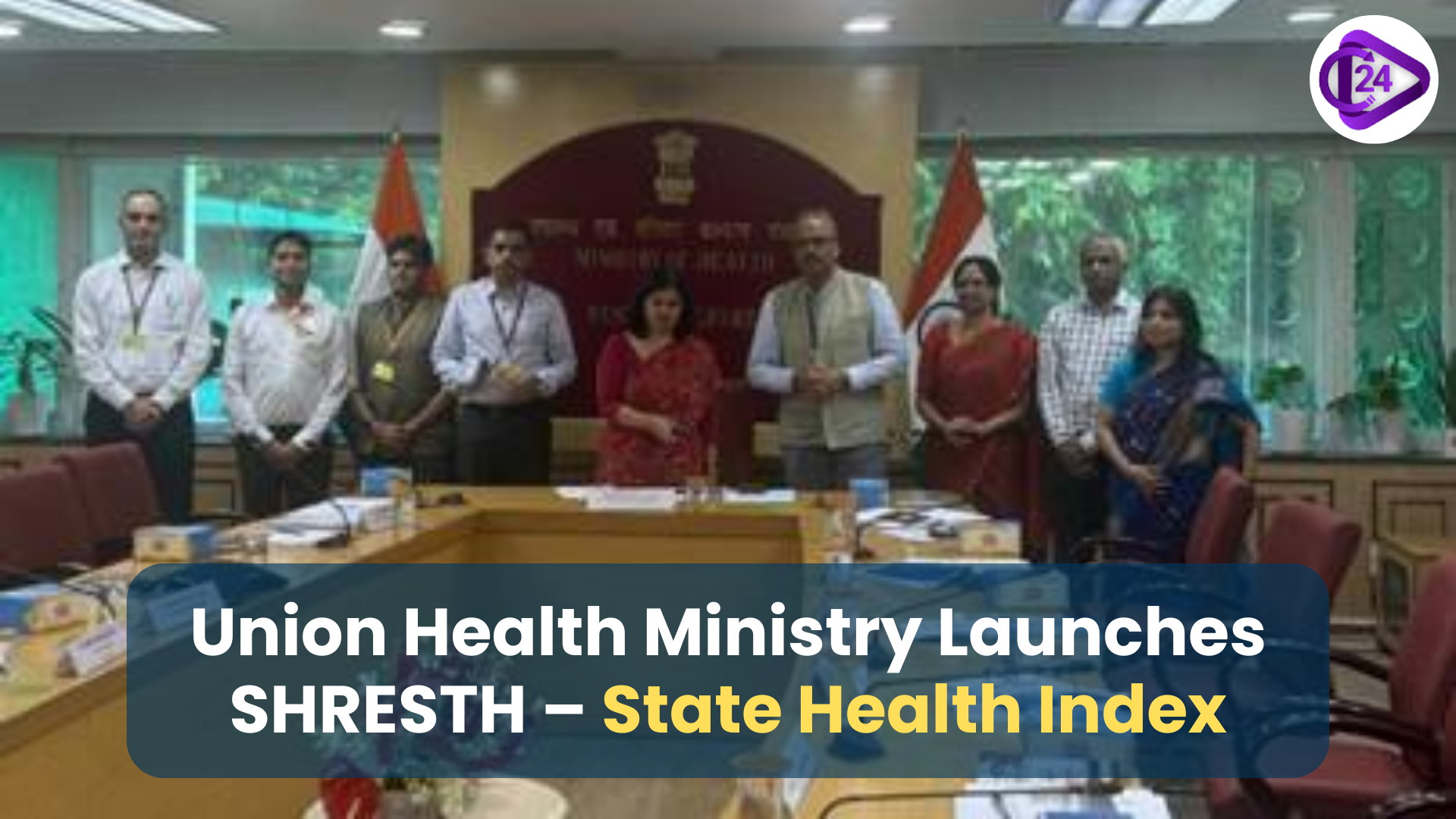
In the Approved List of Models and Manufacturers (ALMM), India increased the manufacturing capacity of its solar PV modules capacity to 100 GW by the year 2025 as compared to 2.3 GW in the year 2014. Such a leap is dictated by government incentives such as the Production Linked Incentive (PLI) Scheme of High-Efficiency Solar Modules and the efforts to establish an even playing field to local manufacturers. The manufacturers have increased in such a way that in 2021 they were only 21 manufacturers and 100 manufacturers operate 123 units now. The milestone lends credence to the Atmanirbhar Bharat vision and the goal of non-fossil capacity up to 500 GW by 2030. It also establishes India as a major player in the world solar value chain and also a part of global decarbonisation.
Context
-
Approved List of Models and Manufacturers (ALMM) In order to guarantee quality and reliability of solar PV deployment, it is possible to list test manufacturers on what is known as the Approved List of Models and Manufacturers (ALMM).
-
The policy will enhance domestic capacity, lower the imports reliance and make them self-sufficient regarding renewable energy technology.
In News (Key Facts)
-
Target: 100 GW solar PV module manufacturing capacity under ALMM (2025).
-
Growth: 2.3 GW (2014) 8.2 GW (2021) to 100 GW (2025).
-
Manufacturers: 100 manufacturers and 123 manufacturing units by 21 (2021) manufacturers.
-
The drivers of policy: PLI Scheme of high-efficiency Solar Module, Order of MNRE of ALMM (2019), and measures of protection of domestic industries.
-
Targets: It helps achieve India's target of 500 GW non excellent capacity by 2030 and Atma Nirbhar Bharat mission.
Key Points
1. Policy Timeline
-
2019: MNRE issues ALMM Order.
-
2021: The first ALMM list is published (8.2 GW capacity).
-
2025: Capacity exceeds 100 GW within a 4-plus year mark.
2. Growth drivers
-
High-efficiency module production giving PLI Scheme incentivising production.
-
The investment in vertically integrated operation and new technologies in the solar industry.
-
Infrastructure and ease of doing business supported by the state and Central government.
3. Industry Expansion
-
Combination of old and new players.
-
Utilisation of advanced and environment friendly production technologies.
-
Variety of manufacturing environments to serve the local and the foreign markets.
4. Strategic Significance
-
Strengthens India in the international supply chain of solar.
-
Increases the uptake of clean energy and aids with climate pledges.
-
Minimises the reliance on foreign renewable energy infrastructure importation.
Conclusion
100 GW of the ALMM is the turning point India moves in solar technologies and becomes a manufacturing giant. With persistence policy support, innovation and investment, it is likely that in coming years, India can become a paradigm powerhouse in the international solar industry and at the same time achieve its national renewable energy goals.



 India’s First Private EO Satellite Constellation under PPP Model
India’s First Private EO Satellite Constellation under PPP Model Autonomy of Higher Education Institutions in India – Challenges and Concerns
Autonomy of Higher Education Institutions in India – Challenges and Concerns India's Largest ‘Tinkering’ Event by Atal Innovation Mission Unites 10,000 Schools in Live National
India's Largest ‘Tinkering’ Event by Atal Innovation Mission Unites 10,000 Schools in Live National Government Tightens Rules Governing Overseas Citizens of India (OCI)
Government Tightens Rules Governing Overseas Citizens of India (OCI) Govt Considers Proposal for ‘Equivalence’ in Creamy Layer Exclusion Across Various Sectors
Govt Considers Proposal for ‘Equivalence’ in Creamy Layer Exclusion Across Various Sectors Union Health Ministry Launches SHRESTH – State Health Regulatory Excellence Index
Union Health Ministry Launches SHRESTH – State Health Regulatory Excellence Index Punjab Deploys Baaj Akh Anti-Drone System
Punjab Deploys Baaj Akh Anti-Drone System PM Modi honours revolutionaries on Kakori Conspiracy Case on 100th Anniversary
PM Modi honours revolutionaries on Kakori Conspiracy Case on 100th Anniversary How Groundwater Contamination is Fuelling Chronic Illnesses
How Groundwater Contamination is Fuelling Chronic Illnesses






